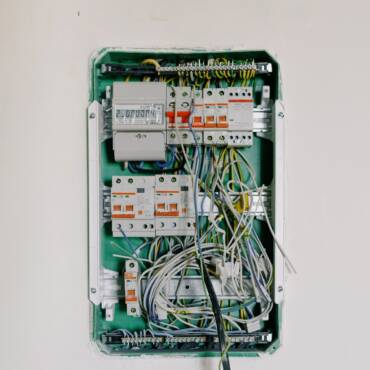Navigating the Essentials: A Comprehensive Guide to Replacing Electrical Fuses
Is a blown fuse causing a disruption in your home’s power supply? Don’t let electrical hiccups dim your day. In this comprehensive guide, we unveil the art of electrical fuse replacement, empowering you to keep your electrical system running smoothly.

Fuse Replacement
Understanding Electrical Fuses: A Brief Overview
Electrical fuses act as the first line of defense against power overloads and short circuits. They’re designed to break the circuit when abnormal currents flow, preventing potential hazards and damage to your appliances and wiring.
Diagnosing a Blown Fuse: Signs and Symptoms
Before you embark on the replacement journey, it’s crucial to identify a blown fuse. Common signs include sudden power loss in specific areas, tripped circuit breakers, or an unresponsive appliance. A systematic approach to troubleshooting ensures accurate diagnosis.
Gathering the Tools: What You’ll Need
Equipping yourself with the right tools and safety measures is paramount. Gather essentials such as replacement fuses, a screwdriver, voltage tester, and safety gloves. Prioritize safety at all stages of the replacement process.
Step-by-Step Replacement Process: Your Guided Journey
- Safety First: Switch off the power to the affected circuit at the main electrical panel. Confirm the absence of electricity using a voltage tester.
- Locate the Fuse Box: Identify the fuse box housing the blown fuse. Gently remove the cover to reveal the fuses.
- Fuse Removal: Use a screwdriver to carefully extract the blown fuse. Handle it by the edges to avoid contact with live components.
- Fuse Inspection: Examine the blown fuse for signs of damage, such as a broken filament or blackened appearance.
- Selecting the Replacement: Choose a replacement fuse with the same rating as the blown one. Avoid using a fuse with a higher rating, as it may compromise safety.
- Fuse Insertion: Carefully insert the replacement fuse into the socket. Ensure it fits securely and is properly aligned.
- Cover Replacement: Put the fuse box cover back in place and secure it with screws.
- Power Restoration: Turn the power back on at the main panel. Test the circuit to ensure the issue is resolved.
When to Seek Professional Help: Red Flags
While replacing a fuse is a straightforward process, certain scenarios warrant professional intervention. If you’re unsure about diagnosing the issue, dealing with complex wiring, or encountering frequent blown fuses, it’s best to consult a qualified electrician.
Preventive Measures: Avoiding Future Blown Fuses
Maintain a trouble-free electrical system with these preventive tips:
- Balance electrical loads across circuits.
- Unplug devices during storms or power fluctuations.
- Regularly inspect and replace worn-out fuses.
- Address wiring issues promptly to prevent overloads.
Conclusion
Electrical fuse replacement empowers homeowners to maintain a safe and functional electrical system. By understanding the basics, following safety protocols, and conducting a systematic replacement, you can swiftly restore power and ensure the well-being of your home.



